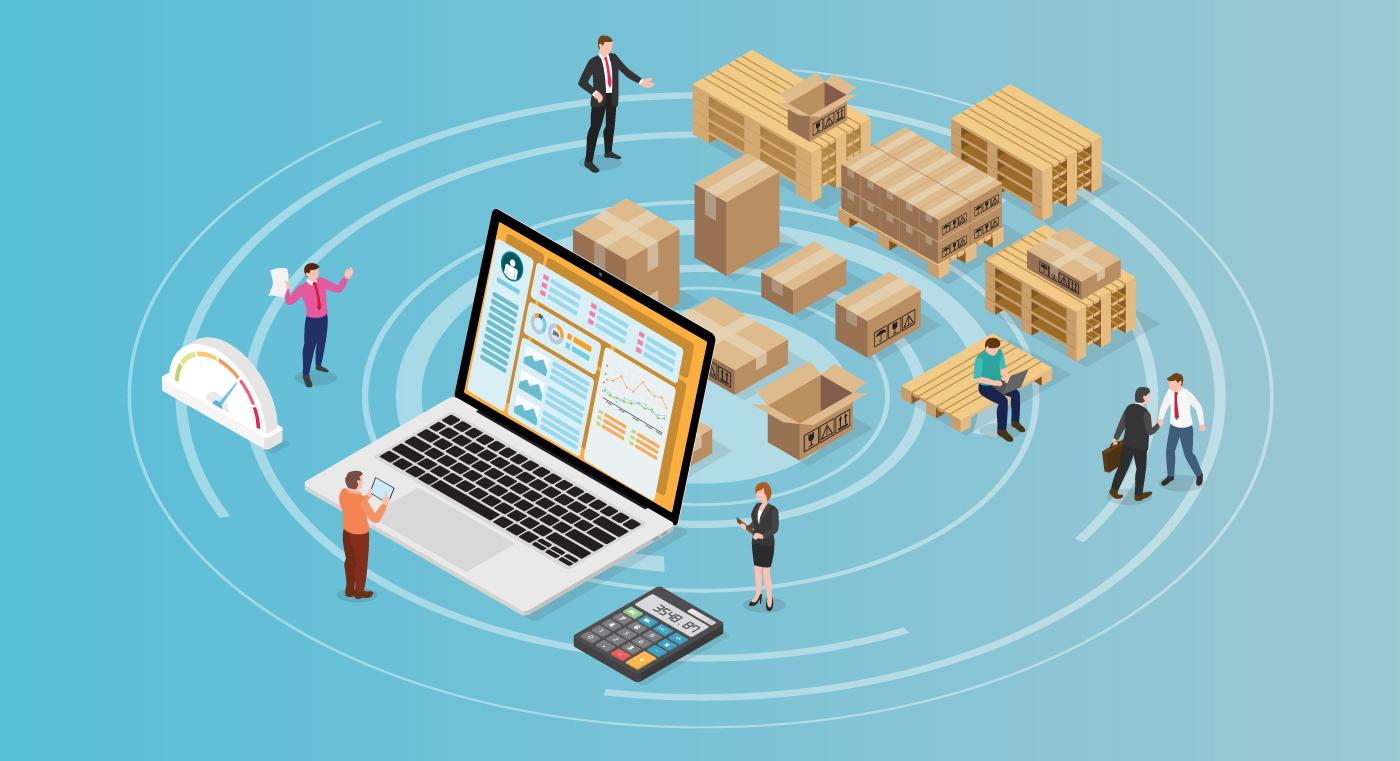Logistic Software Market Share, Global Trends & Forecast | 2035

A comprehensive Logistic Software Industry Analysis reveals a mature yet highly dynamic industry comprised of a multi-layered ecosystem of software vendors, each with a distinct role in the end-to-end supply chain. The industry structure can be visualized as several concentric circles. At the core are the major Enterprise Resource Planning (ERP) giants, primarily SAP and Oracle. These companies provide the foundational "system of record" for most large corporations, and they offer logistics modules (for transportation and warehouse management) as an integrated part of their massive enterprise suites. Their primary value proposition is a single, unified platform that connects logistics data directly to finance and manufacturing. The next circle is comprised of the powerful, best-of-breed Supply Chain Execution (SCE) specialists. This includes market leaders like Blue Yonder and Manhattan Associates, who have built their entire businesses on providing deep, functionally rich, and highly sophisticated Warehouse Management Systems (WMS) and Transportation Management Systems (TMS). They cater to customers with the most complex and high-volume logistics operations who require a level of capability that a generic ERP module often cannot provide.
The outer, and most dynamic, circle of the industry consists of a vibrant and rapidly growing ecosystem of cloud-native startups and specialized point solution providers. This is where much of the market's innovation is happening. This includes a new generation of companies that are focused on solving specific, modern supply chain problems. For example, a host of well-funded startups, such as project44 and FourKites, have created a new market category for real-time, multi-modal supply chain visibility. Other startups are focused on the unique challenges of last-mile delivery optimization for e-commerce, or on providing simple, easy-to-use SaaS-based logistics tools for the underserved small and medium-sized business (SME) market. The industry's structure is therefore a fascinating interplay between the slow-moving but powerful ERP giants, the deep-expertise best-of-breed players, and the agile, innovative cloud-native challengers. This creates a rich and diverse set of choices for buyers, but also a complex and competitive landscape for the vendors themselves.
The business models within the industry have undergone a profound transformation. The traditional model of selling a perpetual software license with a large upfront cost, followed by an annual maintenance fee, is in steep decline. This model, long favored by the on-premise ERP and best-of-breed vendors, is being replaced by the subscription-based Software-as-a-Service (SaaS) model. The SaaS model, pioneered by the cloud-native startups and now adopted by all the major players, offers customers a much more attractive proposition: lower upfront costs, predictable operational expenses, faster deployment times, and automatic access to the latest software updates and innovations. This shift to a recurring-revenue model has not only changed the economics of the industry but has also changed the nature of the vendor-customer relationship, moving it from a one-time transaction to a long-term partnership focused on continuous value delivery. The Logistic Software Market size is projected to grow to USD 25.42 Billion by 2035, exhibiting a CAGR of 8.0% during the forecast period 2025-2035.
Top Trending Reports -
Europe Railway Cybersecurity Market
- Art
- Causes
- Crafts
- Dance
- Drinks
- Film
- Fitness
- Food
- Games
- Gardening
- Health
- Home
- Literature
- Music
- Networking
- Other
- Party
- Religion
- Shopping
- Sports
- Theater
- Wellness



